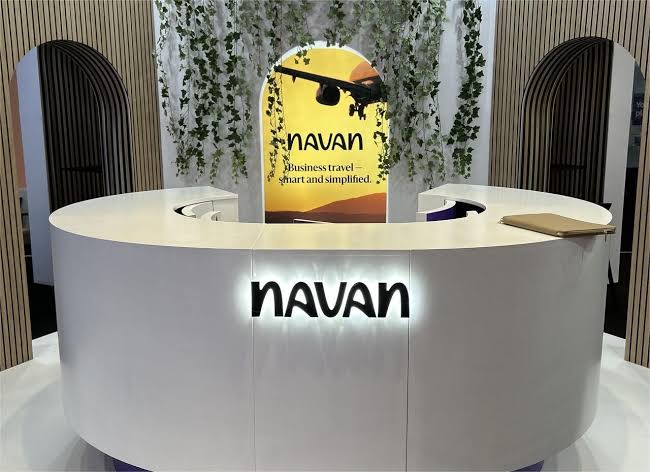AI-Driven Services Transformation Faces Bigger Hurdles Than Venture Capitalists Anticipate
Venture capitalists are betting heavily that artificial intelligence (AI) can revolutionize the services industry, delivering software-like margins in sectors traditionally dominated by human labor. The vision: acquire established professional services firms, embed AI to automate tasks, boost profitability, and then expand through aggressive roll-up strategies.
At the forefront is General Catalyst (GC), which has allocated $1.5 billion from its latest fund to what it calls a creation strategy. This approach involves building AI-native software companies in specific verticals and using them to acquire existing firms and their customer bases. GC has already made moves across seven industries — including legal services and IT management — and plans to expand into as many as 20 sectors.
“Globally, services generate about $16 trillion annually, compared to just $1 trillion from software,” explained Marc Bhargava, who heads GC’s efforts, in an interview. “Software investing has always been attractive because of its high margins. If we can automate 30% to 50% of tasks in services businesses — and in some cases up to 70%, like call centers — the numbers become extremely compelling.”
Case Studies in Action
One example is Titan MSP, a GC-backed company developing AI tools for managed service providers. After investing $74 million, GC supported Titan’s acquisition of RFA, a leading IT services firm. Pilot programs showed AI could automate 38% of typical tasks, improving margins enough to support further acquisitions.
Similarly, GC incubated Eudia, which focuses on corporate legal departments. Offering fixed-fee, AI-powered legal services, Eudia has already signed Fortune 100 clients like Chevron, Southwest Airlines, and Stripe. Its recent acquisition of Johnson Hanna, an alternative legal services provider, further expanded its footprint. GC expects to double EBITDA margins across such acquisitions.
Other investors are also pursuing similar models. Mayfield, another venture firm, has set aside $100 million for “AI teammate” investments. Its portfolio company Gruve turned a $5 million acquisition into $15 million in revenue within six months while achieving an 80% gross margin. Solo investor Elad Gil has also been backing companies using AI to transform mature service businesses.
The Growing Challenge of ‘Workslop’
Yet, early signs suggest the transformation may not be as smooth as investors hope. A joint study by Stanford Social Media Lab and BetterUp Labs surveyed 1,150 full-time employees across industries. The findings revealed that 40% of workers are experiencing more workload due to “workslop” — AI-generated outputs that look polished but lack depth, forcing employees to spend extra time fixing errors.
On average, employees reported spending nearly two hours per instance of workslop, costing companies an estimated $186 per employee per month in lost productivity. For an organization of 10,000 workers, that equates to more than $9 million annually, according to a Harvard Business Review article.
Bhargava, however, downplays the concern, arguing that such challenges actually highlight the opportunity for firms like GC. “If all it took was contracting a consulting firm and plugging into an AI model, everyone would be doing it,” he said. “The reality is that transforming a company with AI requires technical sophistication and applied expertise — that’s why our approach of pairing AI engineers with industry specialists is so critical.”
Profitability vs. Productivity Risks
Despite the optimism, questions remain about scalability. If companies reduce staff to cut costs, fewer employees may be available to monitor and correct AI errors. If they maintain headcount, the anticipated margin improvements may never materialize. Both scenarios could undermine the economics driving these aggressive acquisition strategies.
Still, GC insists its portfolio companies are already profitable because they start with cash-generating businesses — a sharp contrast to the traditional VC model of funding high-growth, loss-making startups. That approach is also appealing to limited partners, who have grown weary of pouring money into companies that fail to reach profitability.
“As long as AI continues to advance and models improve,” Bhargava said, “we’ll see even more industries where we can incubate companies and drive transformation.”
Source: Techcrunch
news via inbox
Get the latest updates delivered straight to your inbox. Subscribe now!




